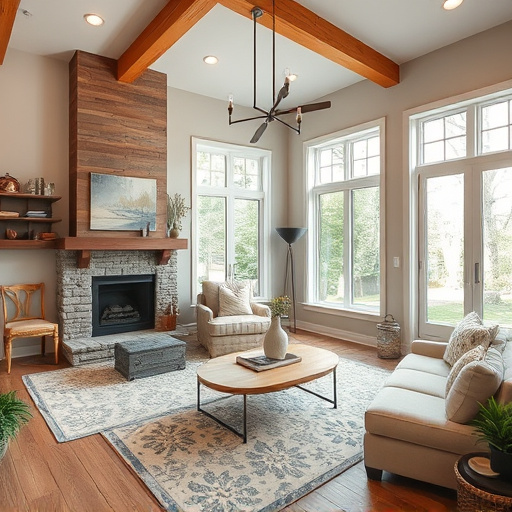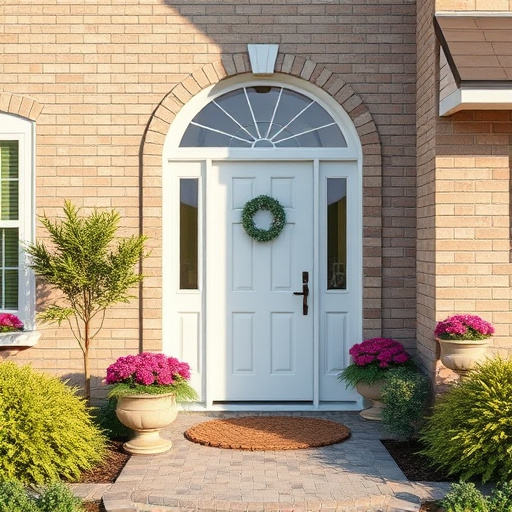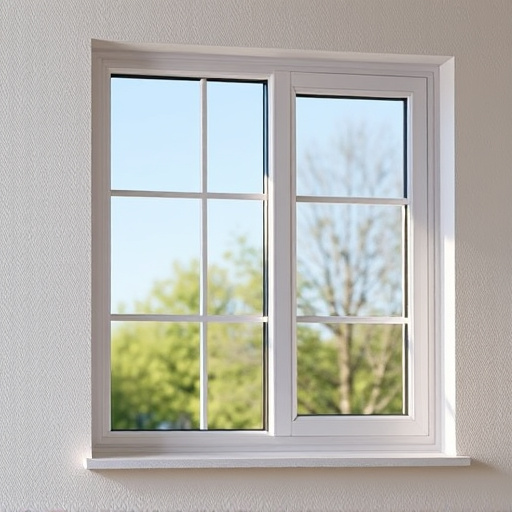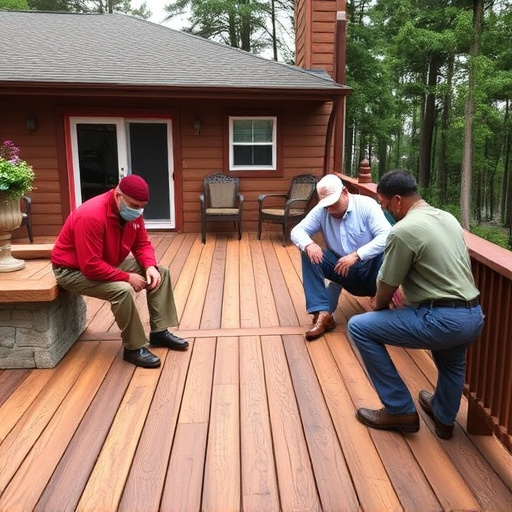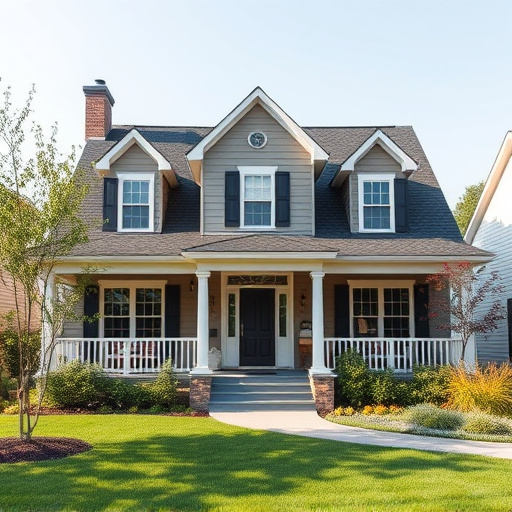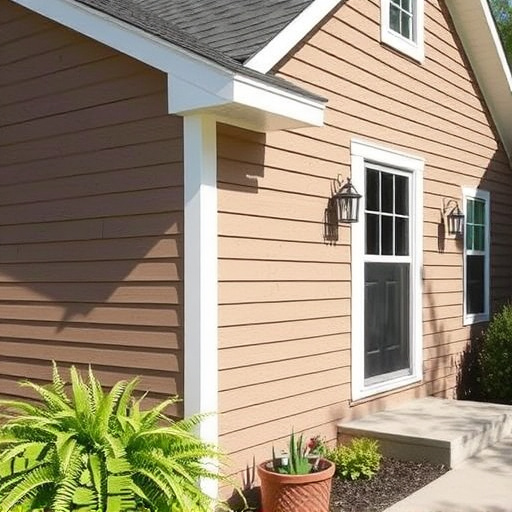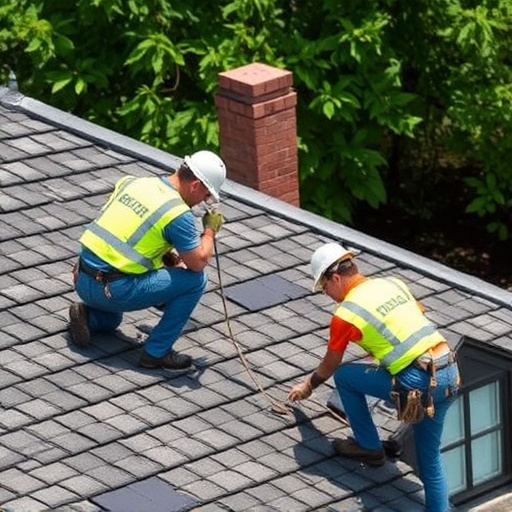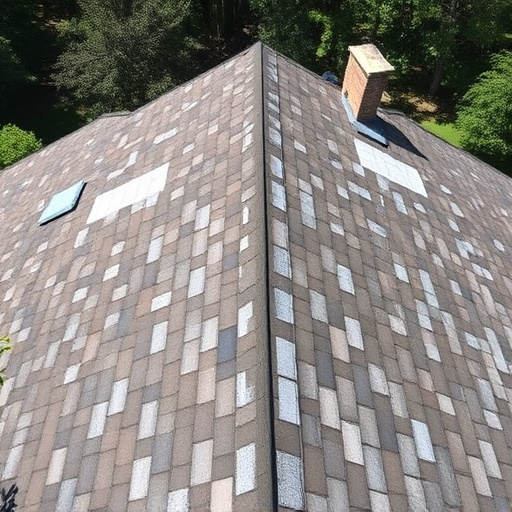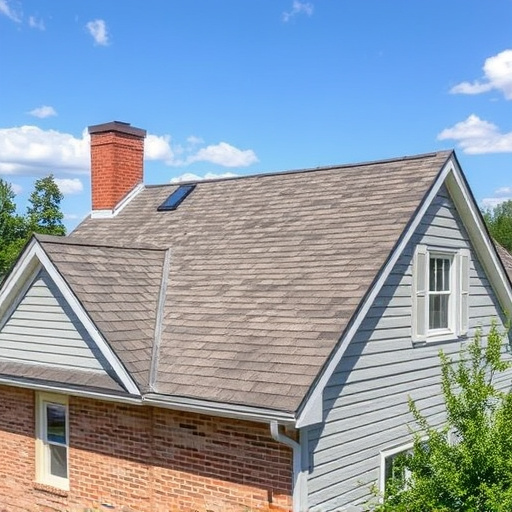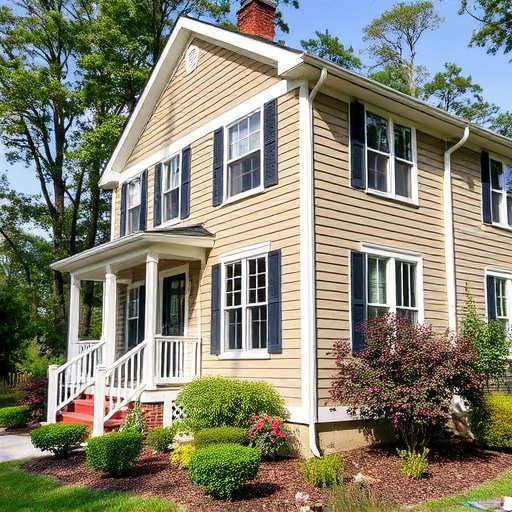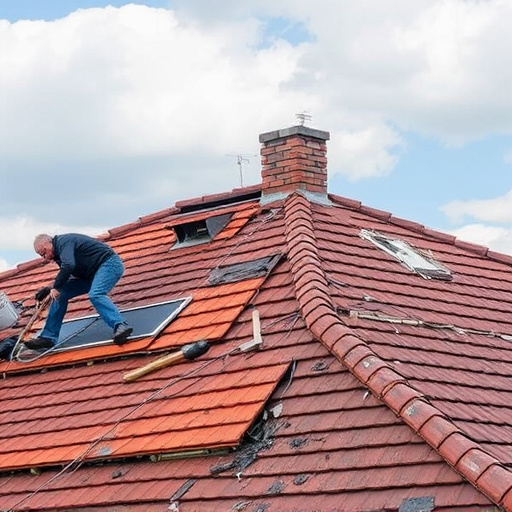The slope of your roof plays a critical role in successful gutter installation. Steeper slopes (4-6 degrees) enhance water flow, reducing clogging risks, while shallower slopes may cause slower drainage and attract pests. An optimal slope prevents water damage to homes, foundations, and landscapes, safeguarding both exterior and interior integrity. Professionals recommend this ideal slope for effective gutter performance, extending system lifespan. Correct planning, consistent slope, proper flashing, and suitable gutter profiles ensure seamless water flow and robust structural protection.
Proper slope dynamics are crucial for successful gutter installation, ensuring effective water flow and preventing damages. This article delves into the intricacies of understanding slope effects on gutter systems, highlighting how optimal slopes mitigate water-related issues. We explore the impact of slope on water distribution, erosion prevention, and structural integrity. Additionally, best practices are presented to guide installers in achieving ideal slopes, enhancing overall gutter system performance and longevity. Mastering slope dynamics is key to successful gutter installation.
- Understanding Slope Dynamics: The Foundation of Effective Gutter Installation
- Impact on Water Flow and Damages Prevention
- Best Practices for Achieving Optimal Slope in Gutter Systems
Understanding Slope Dynamics: The Foundation of Effective Gutter Installation
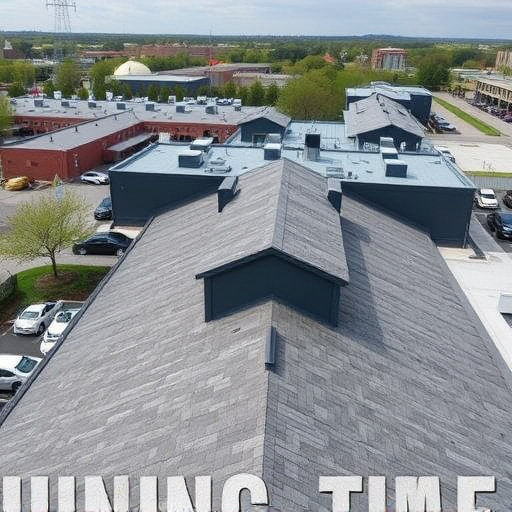
Understanding Slope Dynamics: The Foundation of Effective Gutter Installation
When it comes to gutter installation, the slope of your roof plays a pivotal role in determining the success and longevity of the system. A proper slope ensures optimal water flow, preventing clogs and damage caused by standing water. For instance, steeper slopes facilitate faster runoff, reducing the risk of debris buildup. This is particularly crucial for regions with heavy rainfall, where efficient drainage is essential to shield your home from potential flooding.
Conversely, shallower slopes may lead to slower water flow, increasing the likelihood of clogs and fostering an environment conducive to pest infestation. A roof consulting expert can provide valuable insights into the ideal slope for your specific roofing services, considering factors like local climate, roof material, and architectural design. By understanding these dynamics, you can ensure a seamless gutter installation process that enhances your home’s protective barrier against the elements, including effective water management.
Impact on Water Flow and Damages Prevention
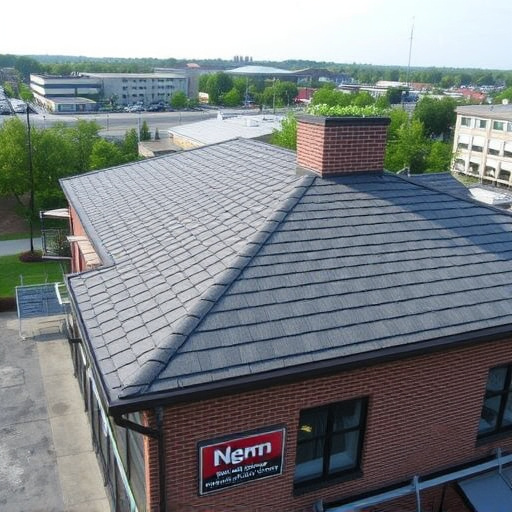
The proper slope of a roof is paramount for successful gutter installation, as it directly impacts water flow dynamics. When gutters are installed on a roof with the correct slope, rainwater is efficiently channeled away from the home’s foundation and structural components, minimizing the risk of damage. An optimal slope ensures that water flows freely, preventing overflow and potential flooding of basements, attics, or nearby landscapes. This is crucial for maintaining not just the integrity of your home’s exterior, but also for safeguarding valuable possessions within.
In contrast, inadequate roof slope can lead to gutter clogs and water damming, causing siding and gutters to deteriorate more quickly. Roofing services that account for the correct slope during installation can save homeowners from costly repairs down the line, as well as protect their investment in home exterior services by prolonging the lifespan of their gutters and surrounding components.
Best Practices for Achieving Optimal Slope in Gutter Systems
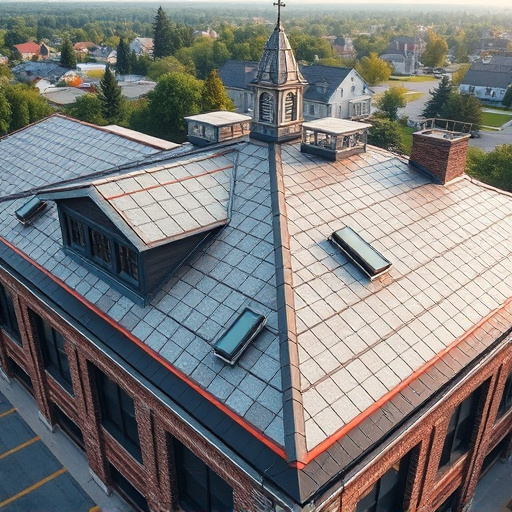
To achieve optimal slope for gutter installation, best practices involve careful planning and execution. Start by ensuring the roof has a gradual, consistent slope, ideally between 4 to 6 degrees, to allow water effectively flow towards the gutters. This often requires proper flashing and waterproofing around the roof’s edges to prevent leaks that could disrupt the desired slope.
When installing or replacing gutters, use level tools to check for accurate alignment and pitch. Commercial siding and roofing solutions often incorporate specific gutter profiles designed for optimal drainage at certain slopes. Maintaining a consistent slope across the entire roofline is crucial, ensuring water flows smoothly without pooling in any areas. This meticulous approach guarantees a seamless commercial roofing system that enhances structural integrity while prolonging the lifespan of both the roof and gutters.
Proper slope dynamics are paramount to successful gutter installation. By understanding how slope influences water flow, you can prevent potential damages and ensure your gutter system functions optimally. Implementing best practices for achieving the right slope will not only enhance the longevity of your gutters but also contribute to a more robust home protection strategy. When installed correctly, a well-sloped gutter system is an effective, long-lasting solution for managing water flow, ensuring your home remains safe from potential water-related issues.


